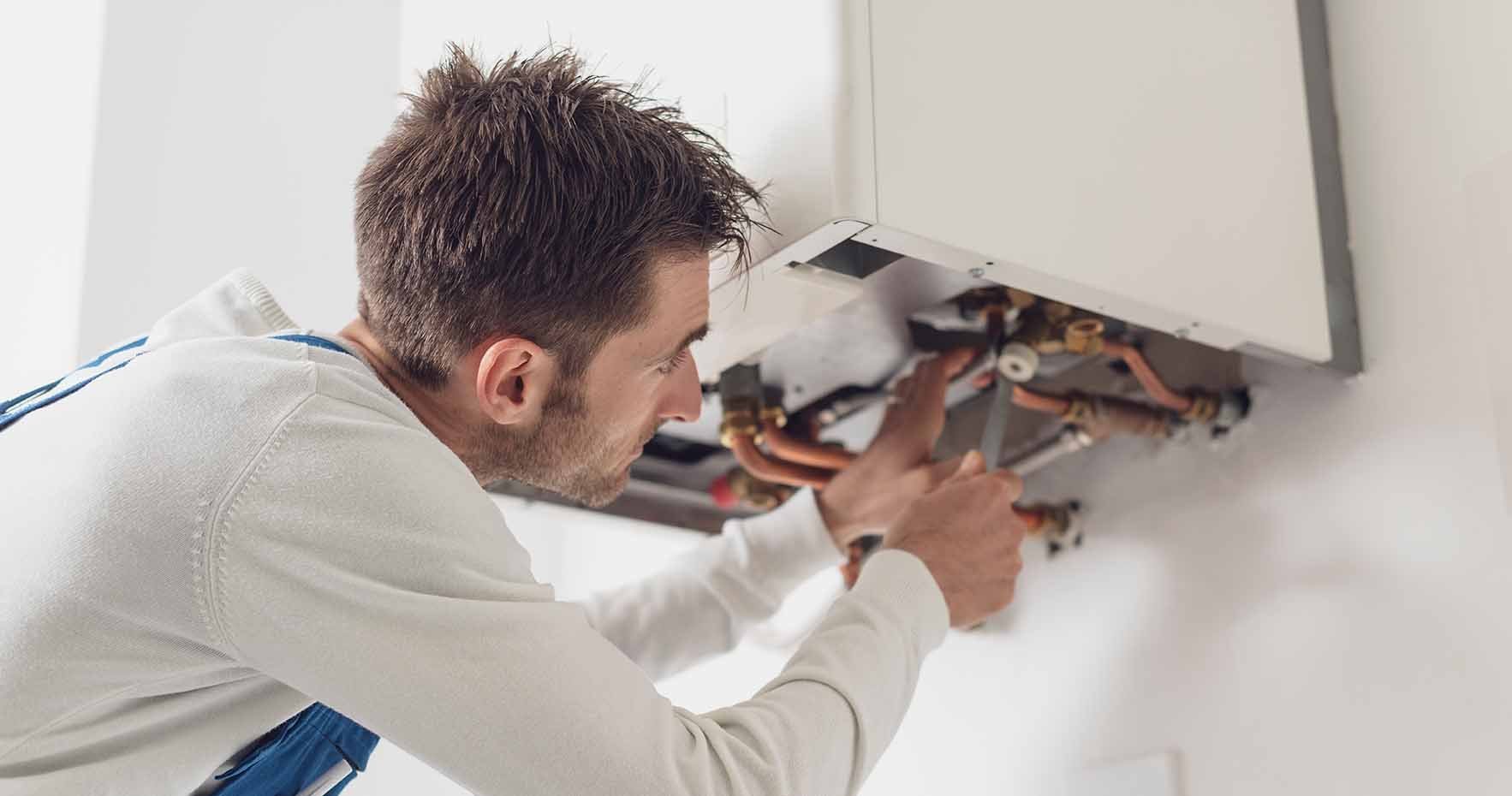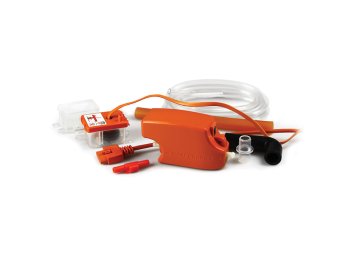Condensate removal pumps: difference between air conditioning and condensing boilers.
From air conditioner to condensing boiler: the role of condensate removal pumps.
- Condensate drainage pumps can be applied to both air conditioners and high-efficiency boilers.
- The availability of easy-to-install and perfectly adaptable pumps makes condensate removal easy to manage
- The difference between air conditioners and condensing boilers lies in the liquid formed: pH-neutral in the former, strongly acid in the latter. But for this there is the condensate neutraliser for boilers...
When you say there are no seasons. Condensate removal pumps are a very useful device in summer as well as in winter because they affect both air conditioning and heating system. These pumps are, in fact, applied to both air conditioners and condensing boilers where they perform a very important function. As the name implies, they serve to eliminate the condensation that forms during the operation of thermal or cooling equipment. This condensate liquid, which must be correctly channelled and then disposed of, is not something to be overlooked. In fact, both air conditioners and condensing boilers produce significant amounts of it. Just to give an example, a residential boiler produces about 1.4 litres of condensate water per hour!

Condensing boilers: sustainability and convenience.
Condensate formation in new high-efficiency boilers is an easily manageable issue thanks to condensate drainage pumps and should not overshadow the advantages of condensing technology.
The energy saving has been on the agenda and more and more people are asking themselves how they can reduce their consumption. The cost of raw materials but also the climate emergency urgently requires sustainable behaviour and people are agree to review their heating technologies.
The switch from traditional boilers to condensing boilers was already imposed a few years ago (for example in Italy). More precisely, since September 2015, Italian law has stipulated that manufacturers only put condensing boilers on the market.
So who has to install a new boiler will necessarily have to choose condensing technology, not to mention that more and more people are considering replacing their traditional boiler with this new, more efficient and environmentally friendly technology anyway.
It should be remembered that replacing your heating system with a high-efficiency class A boiler allows you to improve the efficiency of your building by two energy classes. And this, of course, means often being able to access public relevant incentives.
How condensing boilers work and how condensate is formed.
In a conventional boiler the flue gases are expelled through the chimney into the environment while in a condensing boiler they are retained and reused for heating purposes. So it is easy to identify the advantages of condensing technology:
- Lower emissions
- Less fuel used
- Higher energy efficiency
In an air-conditioning system, condensation arises as a result of the heat exchange between the warm air in the room and the air cooled and dehumidified by the air conditioner's indoor unit. (read also our article Condensate removal pumps: a versatile ally of our air conditioners).
In a condensing boiler, on the other hand, it is the re-use of the combustion fumes, to recover the thermal energy they contain, that generates the condensate liquid. When installing a condensing boiler, it is necessary to also provide a condensate removal pump that is adequate in size and slope, so as to facilitate the elimination of the liquid.
As with air conditioners it may happen that the drainage point is far away or positioned higher than the boiler. In this case, gravity cannot be utilised and a removal condensate pump is needed to eliminate the liquid. For this function, very reliable pumps are available, easy to install, adaptable even to tight spaces and silent so as not to compromise living comfort. (Read also Maxidrain: easy to install, multipurpose centrifugal condensate removal pump with tank).
Which is the difference between condensate water from air conditioner and a boiler.
The main difference in the management of condensate from an air conditioner or a condensing boiler lies in the nature of the liquid produced.
In the case of air conditioners, what is produced is condensate water, certainly not drinkable but usable for irrigation and other uses such as washing cars. Its PH is very similar to that of rainwater.
It is a different matter, however, for the condensate that forms in high-efficiency boilers. In this case, it is an acid condensate water with a strong corrosive power that must be properly treated before being channelled and disposed of so as not to cause damage to pipes and the environment. But there is a solution: the acid neutralizer. The boiler condensate neutralizer works as a filter: the liquid passes through a cartridge containing calcium bicarbonate and the condensate turns from acid to basic! (Read also Mondeo acid neutralizer: an essential filter for condensing boilers).


























